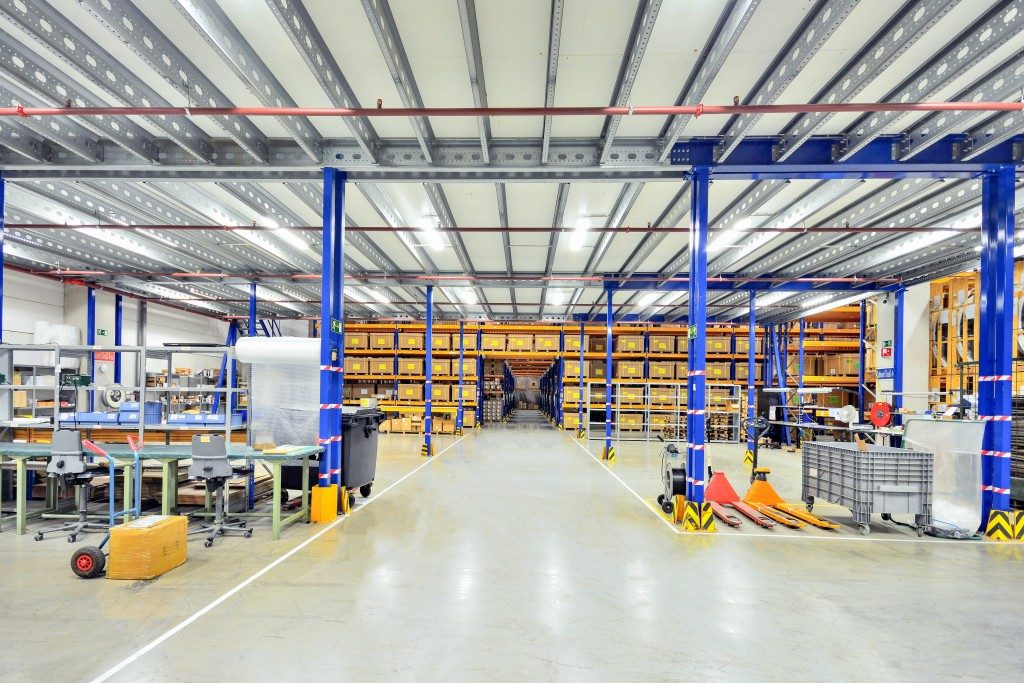Current filling machines and equipment are so evolved you can barely see the original parts and sections of the conventional decades-old filling equipment. Mass production has indeed ruled over industries in the last half-century. Efficiency has been perfected over the past twenty years. Filling machines that are available in the market now are versatile, accurate, and faster to build.
1. Versatile
Current fillers are not only product versatile but also container versatile. Consumers want fillers that can handle all types of products. As a result, manufacturers have integrated multiple concepts into the equipment to produce new pumps and automatically adjustable fillers. With flexibility as a design goal, machines too, are adapting to different sizes of containers. As such, machine stations and lanes are now easily configured.
2. Accurate

With efficiency as the norm, more accurate fillers are built. Correctly filling containers of all sizes must be ensured to avoid overfilling and under-filling. A quick solution is automation. Through the use of logic controllers, a machine can be adjusted with required parameters and product flow requirements. Some manufacturers use a servomotor and an algorithm to manage the flow rate of the liquid.
3. Faster to Build
With many requirements to follow, from fast, efficient pumps to hygienic designs and cleaning capabilities, manufacturers can get overwhelmed with what consumers want with their fillers. But manufacturers can only adapt. Lead times have to be shortened to produce integrated solutions, like building a full packaging line in the shortest possible time.
Modern fillers have truly adjusted to market demand. To maximize output and minimize operational costs, filling machines need to be fast and flexible. And this can be achieved by utilizing the latest developments in design and process control.